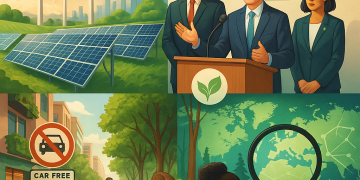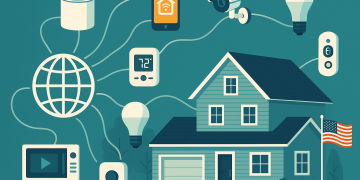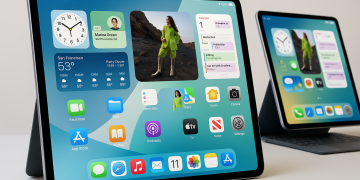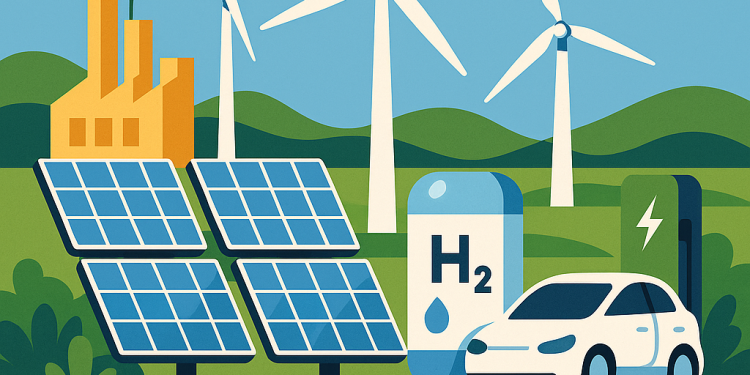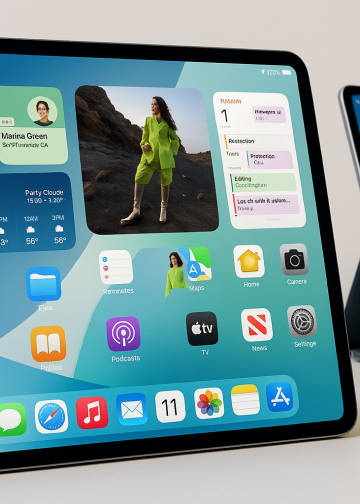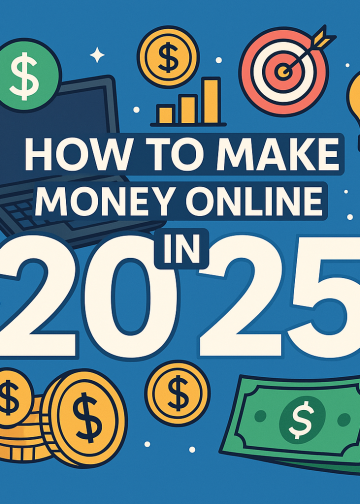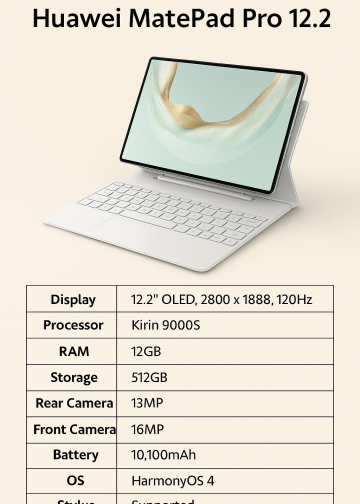Introduction: The Renewable Energy Revolution in the USA
The United States is at a turning point in its energy history. With climate change concerns rising and technological progress accelerating, renewable energy USA is no longer just a dream—it’s becoming the backbone of the country’s power supply. What does the future hold for solar, wind, hydro, and other green solutions? How are scientific innovations shaping the next wave of American energy trends?
In this guide, we’ll explore the evolution of energy science in America, the breakthroughs driving the transition to renewables, and what businesses, communities, and everyday citizens can expect as green technology powers up for a sustainable future.
1. Why Renewable Energy Matters for the USA
Environmental Impact
Switching to renewable energy is one of the most effective ways to cut greenhouse gas emissions, fight climate change, and clean up air and water.
Economic Opportunity
The clean energy sector is one of America’s fastest-growing industries. Renewables create jobs in manufacturing, installation, research, and maintenance—often outpacing fossil fuel sectors.
Energy Independence
Homegrown wind, solar, and other renewables reduce reliance on imported fuels and shield the US from volatile global energy markets.
2. Current Landscape: Where America Stands on Renewables
In 2024, renewable energy accounted for over 22% of US electricity generation, with growth rates exceeding projections year after year.
Key sectors:
- Wind power: Now the largest source of renewable electricity, especially strong in the Midwest and Texas.
- Solar energy: Growing fastest, with large solar farms in the Southwest and a boom in residential rooftop panels.
- Hydropower: The country’s oldest renewable, still vital in the Pacific Northwest and parts of the Northeast.
- Emerging technologies: Geothermal, tidal, and hydrogen are gaining traction as future pillars.
Government policy—at both federal and state levels—has driven much of this growth, through tax credits, renewable portfolio standards, and funding for research and development.
3. The Science Behind the Shift: Innovations Powering American Green Energy
a. Advanced Solar Technologies
- Perovskite solar cells: Promise higher efficiency and cheaper production compared to traditional silicon panels.
- Bifacial panels: Capture sunlight from both sides, maximizing energy yield.
- Solar skin design: Panels that blend aesthetically with rooftops, making adoption easier for homeowners.
b. Wind Power Breakthroughs
- Taller turbines and longer blades: Harvest stronger, more consistent winds at higher altitudes.
- Offshore wind farms: Expanding rapidly off the Atlantic coast, bringing massive new capacity.
- Smart grids: Integrate wind and solar more efficiently by predicting output and balancing supply and demand.
c. Energy Storage and Battery Science
One of the biggest hurdles for renewables has been storage—what happens when the sun isn’t shining or the wind isn’t blowing?
- Grid-scale lithium-ion batteries: Now store excess energy for use during peak hours.
- Flow batteries and solid-state technology: Offer safer, longer-lasting storage solutions.
- Vehicle-to-grid (V2G): Electric cars can feed energy back into the grid during shortages.
d. Smart Grids and Digital Technology
- Artificial Intelligence (AI): Predicts consumption patterns and optimizes energy distribution.
- Internet of Things (IoT): Smart meters, thermostats, and appliances adjust usage based on grid needs.
- Blockchain: Enables transparent, peer-to-peer energy trading and better data security.
e. Emerging Green Innovations
- Green hydrogen: Produced from renewable sources and used as a clean fuel for industry and transportation.
- Tidal and wave energy: Coastal regions are piloting systems to harness ocean power.
- Agrivoltaics: Combining solar panels with agriculture—growing crops beneath panels for dual land use.
4. American Energy Trends: What’s Next?
a. Rapid Growth and Falling Costs
The price of solar panels and wind turbines has dropped by more than 80% over the past decade. As a result, renewable energy is often the cheapest option for new power generation.
b. Decentralization
Microgrids and community solar allow neighborhoods, campuses, and even individual buildings to generate and control their own energy.
c. Electrification of Everything
More Americans are switching to electric vehicles (EVs), electric heat pumps, and induction cooktops—further increasing demand for clean electricity.
d. Policy Momentum
Recent federal bills and state targets aim for net-zero emissions by 2050. This will require an even faster build-out of renewable capacity, storage, and supporting infrastructure.
e. Equity and Access
Efforts are underway to ensure clean energy benefits reach rural, low-income, and historically marginalized communities—closing the “energy divide.”
5. Challenges Ahead for Renewable Energy in the USA
No revolution is without its hurdles. Key challenges include:
a. Grid Modernization
The US power grid is aging and was designed for centralized, fossil fuel-based power. Integrating vast amounts of variable renewables requires upgrades and smart management.
b. Storage and Reliability
Ensuring steady power supply, especially during extreme weather, demands affordable, large-scale storage and backup solutions.
c. Supply Chains
Critical minerals for batteries and solar panels (like lithium, cobalt, and rare earths) are in high demand and often imported from overseas. America is investing in domestic mining and recycling.
d. Land Use and Wildlife
Large wind and solar projects require space and must be designed to minimize impacts on wildlife and local communities.
e. Permitting and Policy Hurdles
Red tape and local opposition can slow down new projects. Streamlining approvals while protecting public interests is a delicate balance.
6. Case Studies: American Innovation in Action
a. Texas Wind Power
Texas now generates more wind energy than most countries, supporting rural economies and proving renewables work even in oil country.
b. California’s Solar Leadership
California leads in solar adoption, with aggressive state mandates, incentives, and innovations like solar-mandated new homes.
c. New York’s Offshore Wind Ambitions
New York has invested billions in offshore wind, aiming to power millions of homes and create thousands of new jobs.
d. Rural Community Solar in Minnesota
Shared solar gardens allow renters and homeowners without suitable roofs to benefit from clean power—democratizing access.
7. The Business of Green: Opportunities for American Companies
Renewable energy isn’t just about utilities. Green technology is driving new startups in:
- Solar and wind installation services
- Smart home and battery technologies
- Renewable financing and energy management
- Clean transportation and EV infrastructure
- Research and consulting for businesses going green
Corporate America is getting involved too, as giants like Google, Amazon, and Walmart sign massive clean power deals.
8. The Role of American Households and Consumers
- Home solar panels: Lower bills and earn credits by feeding power back into the grid.
- Energy efficiency: Upgrading insulation, windows, and appliances is often the cheapest “renewable.”
- Electric vehicles: Driving the transition away from gasoline and diesel.
- Advocacy: Supporting clean energy policies and local projects accelerates the transition.
9. Resources for Further Learning and Action
- U.S. Department of Energy – Office of Energy Efficiency & Renewable Energy
- National Renewable Energy Laboratory (NREL)
- American Council on Renewable Energy (ACORE)
- SEIA – Solar Energy Industries Association
- American Clean Power Association
Conclusion: A Brighter, Greener Future
The future of renewable energy USA is dynamic, exciting, and essential. Driven by scientific innovations, forward-thinking policies, and the determination of American communities, the country is poised to lead the world in clean power. As costs fall, technologies improve, and momentum grows, every home, business, and city has a role to play in building a sustainable energy future.
Will America seize this moment and power the world for generations to come? The answer depends on all of us—innovating, investing, and believing in the promise of green technology


